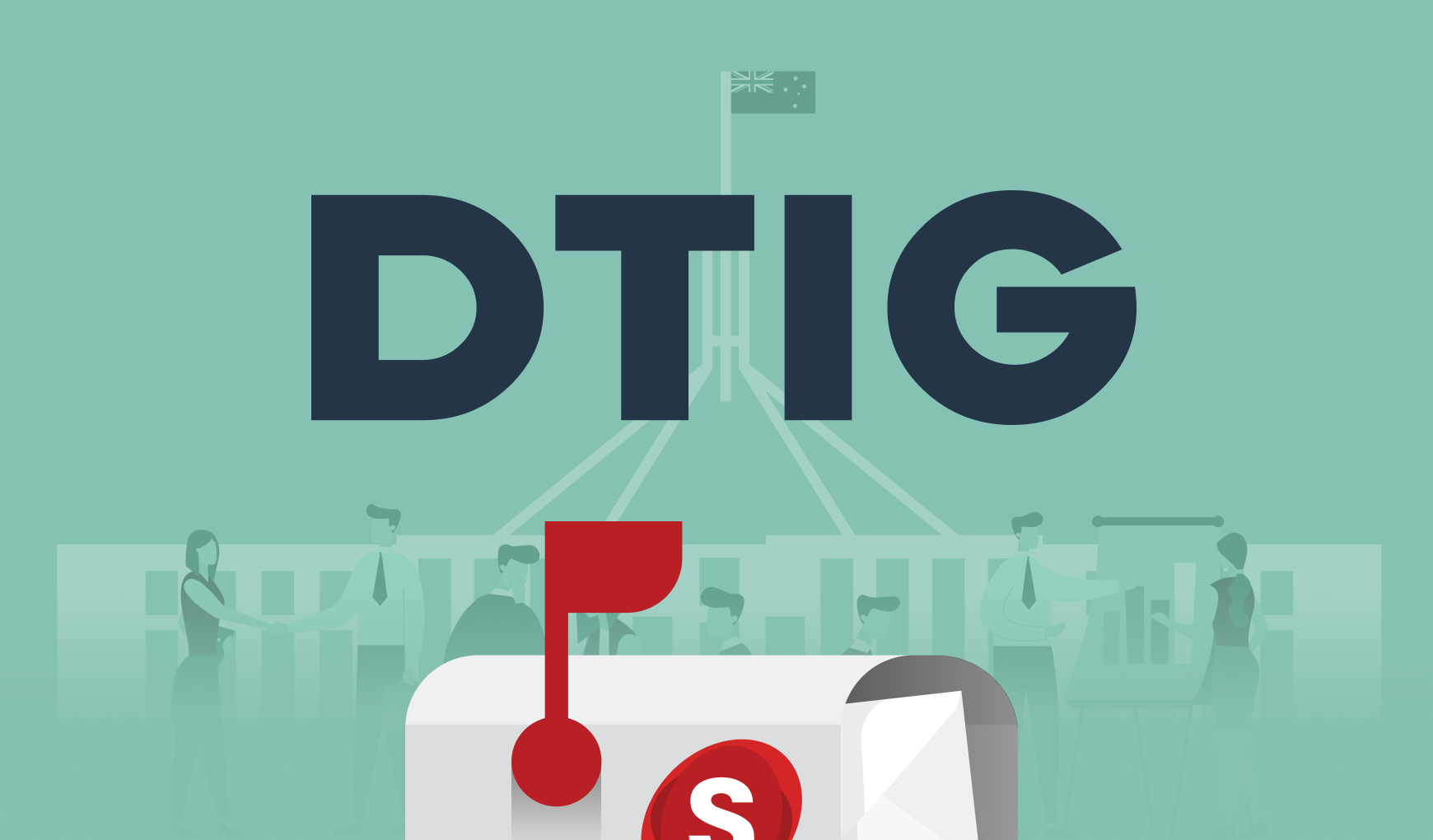AI and Twitter for early detection of diseases
Late last year, the CSIRO’s Data61 announced a new that combines artificial intelligence and Twitter to help with the early identification of diseases. Early detection provides many benefits including helping to contain the disease, warning the public and preparing emergency services.
Thunderstorm asthma as the test case
The Data61 article looked at Melbourne’s thunderstorm asthma as a test case. The AI tool analysed over three million anonymised and public Tweets looking for keywords around asthma, such as “breath” and “coughing”.Based on this, the tool would have detected the acute health issue up to nine hours before it was officially reported.
How it works
The tool uses natural language processing and statistical time series modelling to detect outbreaks. The natural language processing can distinguish between people reporting symptoms and unrelated mentions of the keywords. The AI tool also removes duplicates that occur when someone Tweets more than once about their health issue.
The new tool builds on Data61’s Emergency Situation Awareness , which also analyses Tweets.
The tool and coronavirus
With the current coronavirus epidemic, this Data61 and University of New South Wales’s Kirby Institute tool is certainly topical.
In fact, there are other similar tools being used around the world to track the coronavirus. One such example is , a Canadian infectious disease surveillance company that also uses AI and natural language processing to detect disease outbreaks and the spread of those diseases. According to a WIRED , BlueDot was successful with early identification, notifying its customers of the outbreak on 31 December — six days before the US Centers for Disease Control and Prevention, and nine days before the World Health Organization (WHO).
The US is also currently monitoring the outbreak using AI. A WIRED article from 8 cites chief innovation officer at Harvard Medical School John Brownstein as saying that they’re currently using AI tools to monitor the coronavirus in the US.
As a side note, AI (and data) is also being used in China to help identify people who’ve come in contact with infected people, and researchers are also turning to AI to help find a cure/treatment for AI (see this Fortune and Vox for two examples).
Salsa Digital’s take
These early detection tools will allow governments to improve their response and planning around disease outbreaks. It’s a significant use of AI for social good and, of course, the Data61 tool is an excellent example of digital transformation in government. Melbourne’s thunderstorm asthma provided a good modelling use-case, and the coronavirus has further shown how AI can be used for early detection and to help protect citizens.

